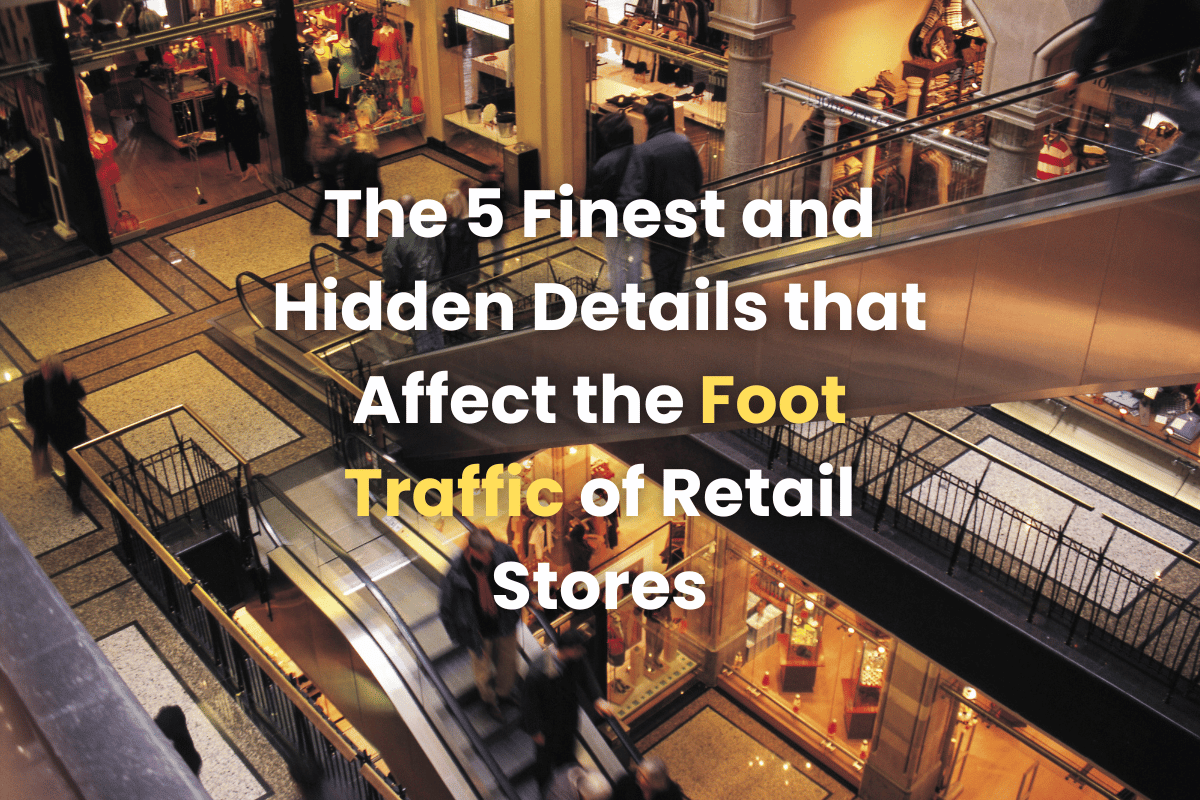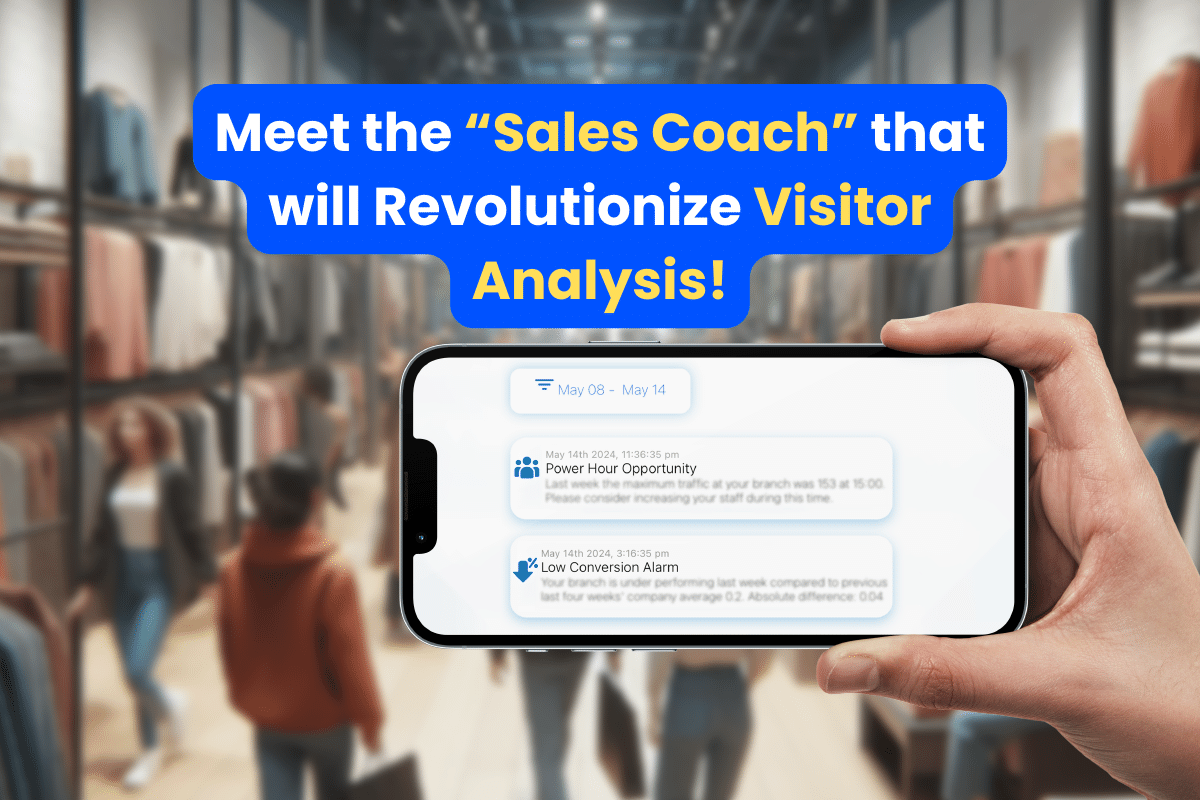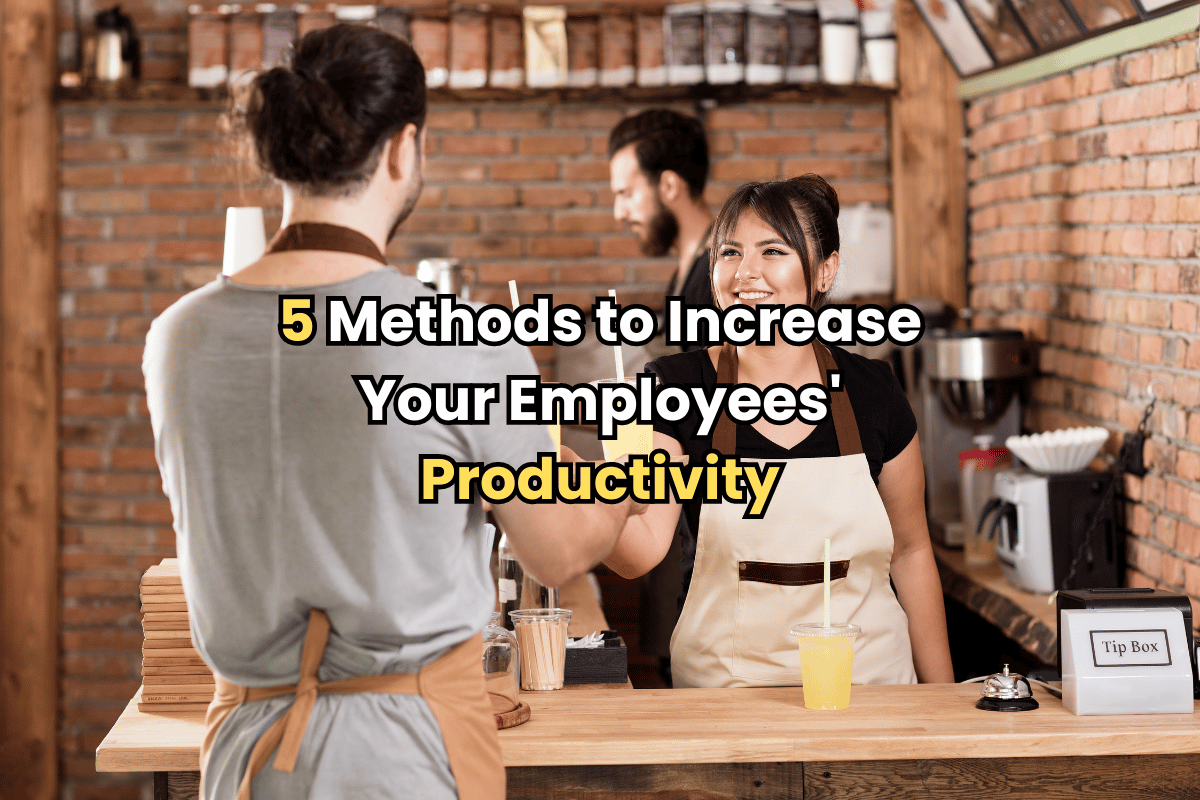[vc_row][vc_column width=”2/3″]
While online shopping is ever-growing, most retail sales still transpire in physical stores. Launching marketing campaigns and promotions via third parties or at your storefront can drive more shoppers into your establishment, but you can also increase your conversion rate and maximize your sales with in-store efforts. However, going in blind and not collecting any factual data can hurt your marketing efforts in the long run.
Accurate and modern people counting systems are the ideal way to measure the impact of in-store sales and marketing campaigns. A highly accurate traffic counter will provide you with precise visitor data inside your stores, and the right online analytics tool can instantly turn this information into actionable insights and reports.
In this article, our primary focus will be on measuring the effectiveness of in-store sales, marketing campaigns, and other promotions, but before we get to that part, we’ll briefly explain what people counting is and how it can help your business thrive in today’s competitive business world.

What is People Counting?
People counting refers to tracking the number of people entering and exiting locations such as stores, buildings, or event venues. Typically, cutting-edge sensors are used to achieve the technology, but there are some older (and, dare we say, inaccurate) alternatives as well. These sensors are usually integrated into the entrance or exit of physical locations, but depending on how advanced the sensor is and the purpose of usage, it can be placed elsewhere. For instance, to measure the effectiveness of in-store sales campaigns, you’d have to invest a little more and install sensors in specific zones to see how impactful your strategies are.
People counting sensors collect visitor data and then send the said data to an online visitor analytics tool to provide insights into foot traffic, peak hours, and customer demographics. This allows your businesses to make data-driven decisions about improving the customer experience, reallocating resources, optimizing store layouts, staffing levels, and more.
People counting technology is becoming increasingly popular among brick-and-mortar businesses, as it helps them optimize their operations, increase profits, and stay ahead of the competition. It is a game changer for businesses that most operate in the physical world. Provided you’re using a precise people counting system, you’ll be able to count the number of people entering and exiting your stores or other physical locations and gain invaluable information about foot traffic, peak hours, and customer demographics.
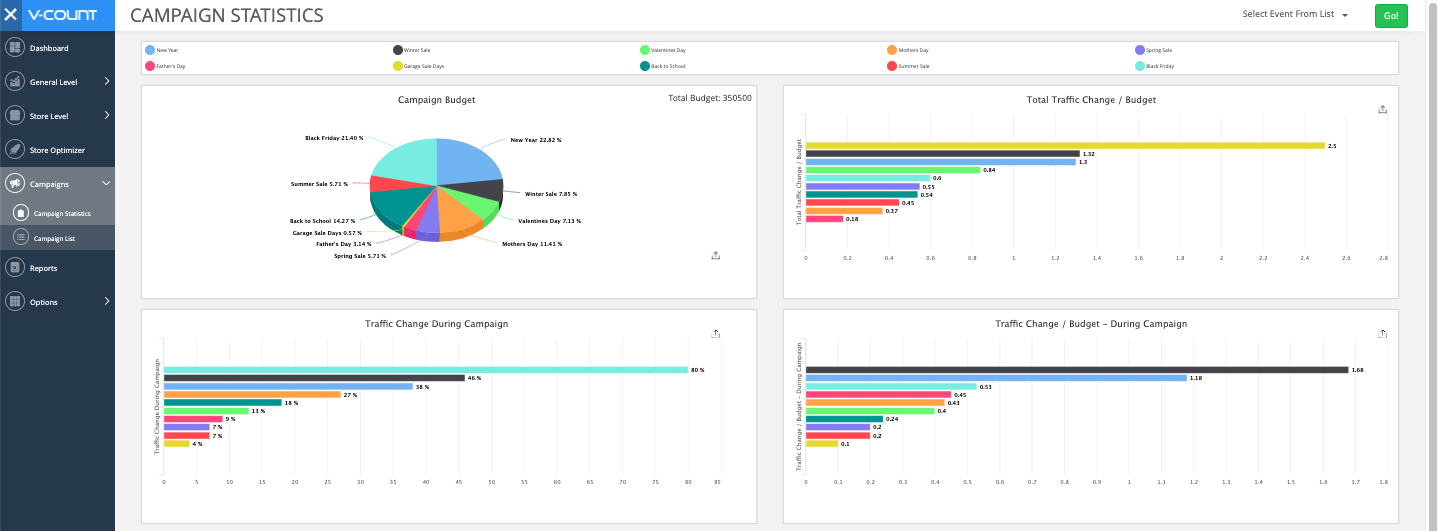
How to Measure The Impact of In-Store Campaigns?
This is where it gets a little tricky. To measure the effectiveness of your marketing and sales strategies, you need a cutting-edge people counting system, preferably powered by 3D Active Stereo Vision technology. It’s the most up-to-date technology on the market and provides the most precise visitor data, even under zero light conditions.
Having said that, people counting sensors alone won’t cut it for you; as a decision-maker, you need access to more than just the number of people who enter and exit your establishment. Your provider and its systems should be able to support you with solutions like demographic analysis, zone analytics, heatmaps, and, preferably, more.
A well-placed and modern traffic counter will gather data on the number of customers that enter a store during a specific time period. It will then convert visitor data into actionable insights and reports via an analytics solution. You can compare this information with sales data from the same time period to determine the conversion rate or the percentage of customers who made a purchase. If the conversion rate increases after a sales campaign, the campaign most likely positively impacts the sales. Of course, you can leverage other solutions to see which demographics your campaign was more successful in or which specific zones (and products) pulled the most visitors. Using these solutions, you can also measure the effectiveness of targeted campaigns and promotions.

Retailers can make data-driven decisions to improve their sales and profitability by measuring the impact of in-store sales campaigns. Physical shop owners and managers can also use this information to identify which campaigns drive the most traffic and sales and allocate their resources accordingly.
Demographic Analysis to Measure The Impact of an In-Store Sales Campaign
Knowing who your customers are and what they want when they visit your establishment is extremely important. This crucial knowledge allows you to launch targeted campaigns to drive more sales and increase foot traffic. It also lets you invest in a new line of products and widen your target audience, provided your business allows such flexibility.
Once you have gathered enough data on sales, marketing, past campaign expenditures, and demographics, you can start analyzing it. For more effective and efficient in-store campaigns, your analytics tools should be able to provide you with easy-to-understand charts and generate reports in modern formats.
Leverage all the in-store visitor data you have collected thus far to determine the relationship between sales and the demographic characteristics of your customers. The reports should show you which demographic groups are more responsive to your campaigns and give you insights into how you can adjust your marketing and sales strategies for the future.
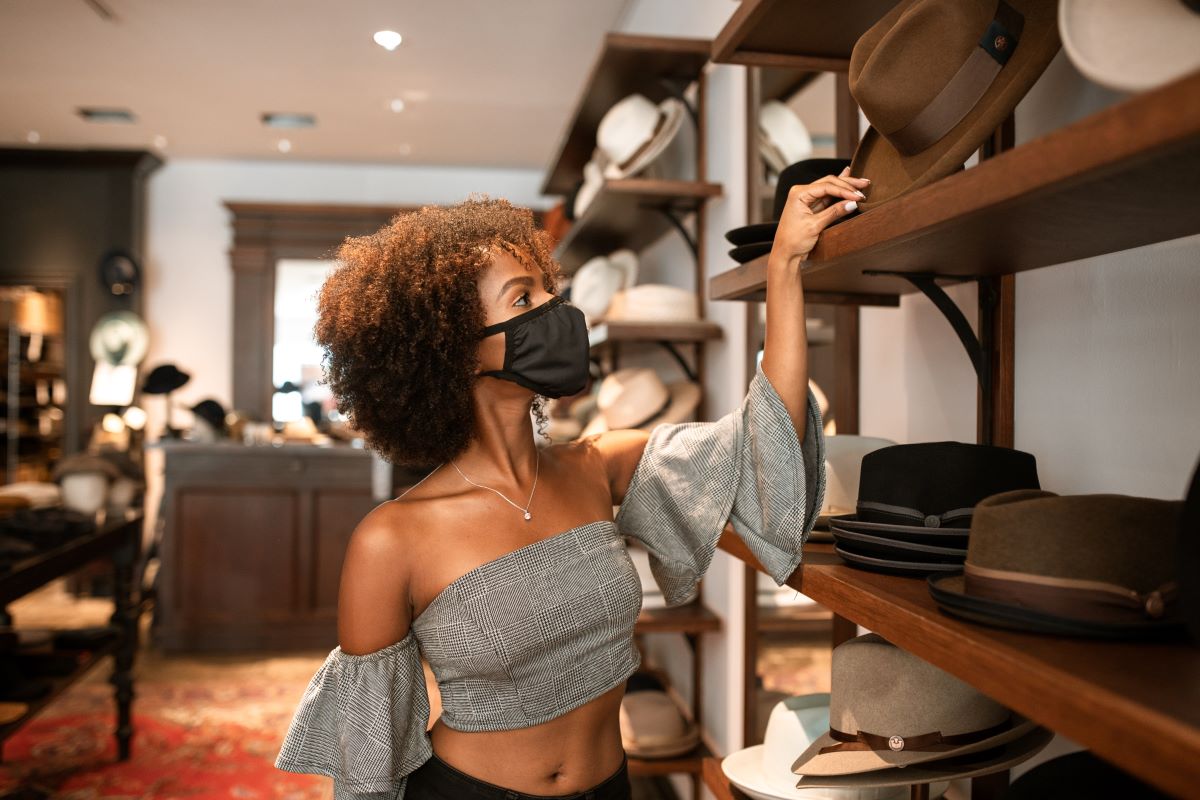
Making data-driven decisions isn’t a one-time deal, though. You should regularly collect and analyze visitor data on in-store marketing campaigns and overall visitor data to see the effectiveness of campaigns in the mid and long run. You should also keep an eye on trends relevant to your line of business and adjust your efforts accordingly.
Zone Analytics to Measure The Impact of an In-Store Sales Campaign
To measure in-store sales and marketing campaign effectiveness using zone analytics, you should first identify your target zones and products. After that, you can install your people counting sensor to gather customer behavior, and if your system allows, you can even track the whole customer journey across your location. Combined with other solutions such as dwell time, heatmaps, and other relevant ones, you can start collecting visitor data based on zones and analyze it after you’ve gathered enough.
As soon as you have enough data, you can start drawing conclusions based on historical sales and marketing data. You can leverage available industry benchmarks via competitor analysis and discover how effective your in-store campaigns are. Eventually, you should have enough information to refine your marketing and sales strategies according to your business’s needs.
Using in-store visitor data will boost your sales and improve customer experience too. If you want to learn more about how people counting can help your business, we’d like to get in touch with you and explain all you need to know about this technology. Let’s work together to shape your company’s future!
[/vc_column][vc_column width=”1/3″][vc_widget_sidebar sidebar_id=”sidebar-9″][/vc_column][/vc_row]


